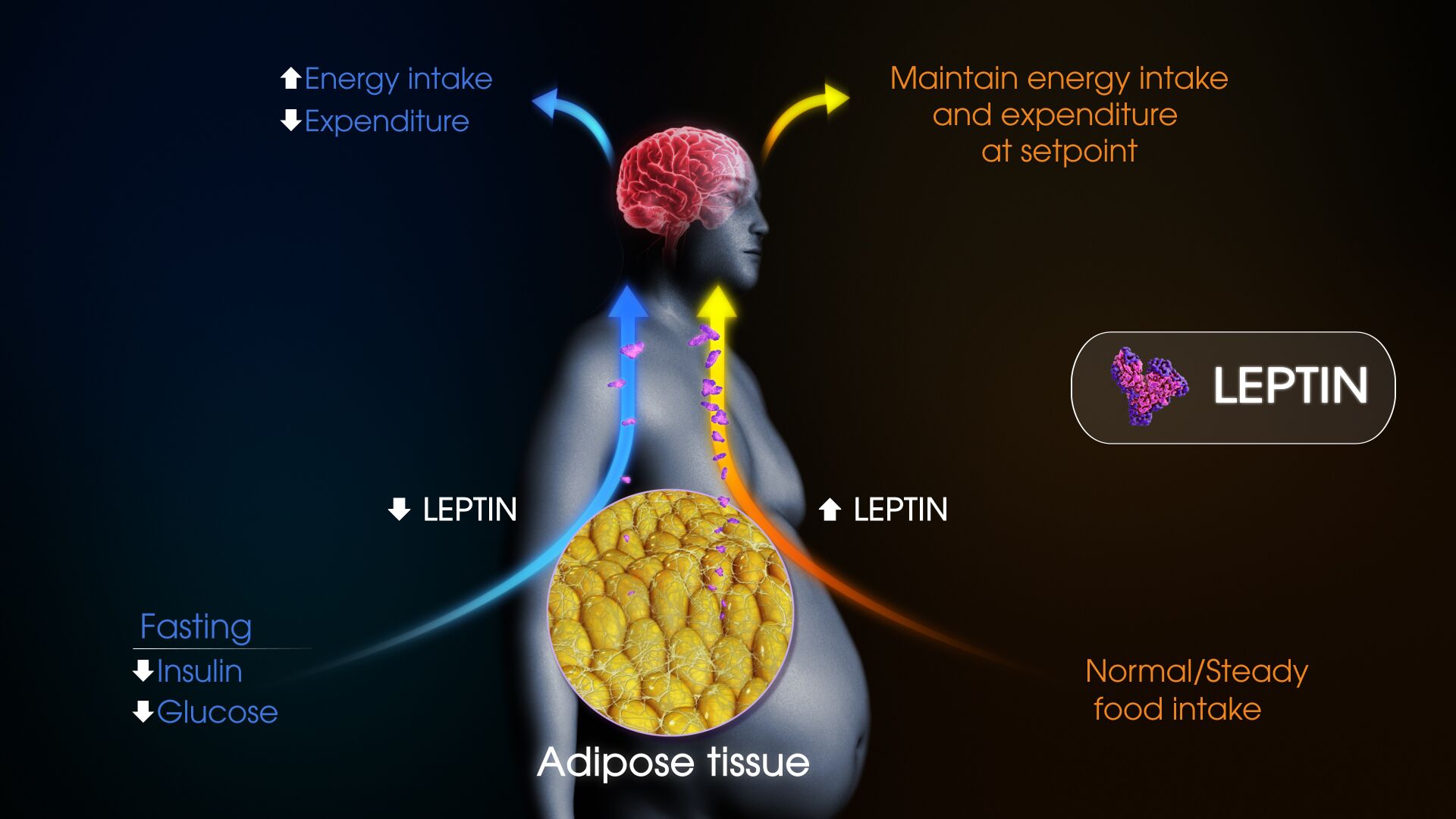When excess fat accumulates in the body tissues and begins to negatively impact the overall health of the person, the medical condition is known as obesity. Body mass index or BMI value is widely used as an indicator of obesity. In general, when the BMI crosses 30 (kg per sq meter), the person is said to be obese. Obesity is directly associated with cardiovascular diseases, type 2 diabetes, arthritis, and even certain types of cancer.
In 1997, the WHO formally recognized obesity as a global epidemic. Overall 39.6% of adults in the US had been affected in the year 2015-16.
Causes
A blend of genetic, environmental, and psychological factors can increase a person’s risk for obesity. Some of the common causes of obesity include:
- Improper diet consisting of fatty foods that are high in calories.
- A sedentary, inactive lifestyle.
- Not getting enough sleep, leading to hormonal changes that increase hunger and craving.
- Certain genetic factors in some people make it difficult for them to lose weight.
- As the age increases, the metabolic rate slows down, leading to reduced muscle mass and a tendency to easily gain weight.
- Pregnancy weight can be difficult to lose and may eventually lead to obesity.
- Certain medical conditions like PCOS (a condition that causes an imbalance of female reproductive hormones), Prader-Willi syndrome (genetic abnormality that causes excessive hunger), Cushing’s syndrome (due to excessive amount of cortisol hormone in the system), Hypothyroidism (when the thyroid gland does not produce enough of thyroid hormones), Osteoarthritis (pain may lead to inactivity), also become a cause of obesity.
- Depression may also lead to weight gain, as the person turns to food for emotional comfort.
- Steroids, some antidepressants, and birth control pills can become a reason for weight gain.
Pathophysiology

Accumulation of lipids (mainly triglycerides) in the adipose tissue occurs in conjunction with increase in volume of skeletal muscle, and liver. The excess weight of obese people includes variable proportions of these organs.
There are many possible pathophysiological mechanisms involved in the development of obesity. Obesity research came into swing after the leptin gene was discovered in 1994 in J. M. Friedman's laboratory. Although leptin and ghrelin are synthesized peripherally, they, along with other appetite-related hormones, act on the hypothalamus, a region of the brain central to the regulation of food intake and energy expenditure. Leptin inhibits the group of neurons that stimulate satiety and inhibit feeding. Thus, leptin deficiency or leptin resistance, leads to overfeeding and may account for obesity.
Management and Treatment
Obesity treatments work well when aligned with the extent of overweight, and the coexisting chronic diseases. The main treatment options with sufficient evidence-based support are lifestyle intervention, pharmacotherapy, and bariatric surgery.
- Lifestyle Intervention:
The main treatment for obesity consists of dieting and physical exercise. Lifestyle interventions designed to modify eating behaviors (limiting mainly carbohydrates, fats and sweets) and physical activity is the first step for weight management. Behavioral therapy, the core of lifestyle intervention, provides patients with techniques for adopting dietary and activity recommendations.
Although long-term success rates are low, the best part of this kind of obesity management is that it leads to no further complications or side effects.
- Pharmacotherapy:
Pharmacotherapy is indicated as an adjunct to a reduced-calorie diet and increased activity for long-term weight management. Weight loss achieved with pharmacotherapy is generally associated with improvements in risk factors and chronic diseases.
However, due to a number of reasons, physicians do not prefer to prescribe weight-loss medications to address the obesity problem. First, patients are often dissatisfied by moderate weight loss. Then, some practitioners appear to have lingering concerns about medication safety. Finally, weight regain is common after termination of drug treatment and is discouraging to both patients and practitioners.
Only a long-term use of weight-loss medications, as approved by the FDA, can successfully lead to long-term weight management.
- Bariatric Surgery:
This is an effective means to lose weight and maintain that weight loss for morbidly obese people. The types of procedures include laparoscopic adjustable gastric banding, Roux-en-Y gastric bypass, vertical-sleeve gastrectomy, and biliopancreatic diversion. To read about these in detail: Gastric Restriction
Complications occur in about 17% of cases and reoperation is needed in 7% of cases. This treatment, being both expensive and risky, researchers are striving for a more effective and less invasive alternatives such as devices that occupy space in the stomach.
Conclusion
A major part of creating a healthy lifestyle in the modern environment consists of preventing obesity. It must be understood that healthcare practitioners cannot manage all the pathways leading to the condition, but can certainly proceed with the knowledge of various management techniques to benefit the patients who receive them.








